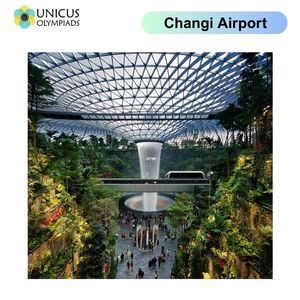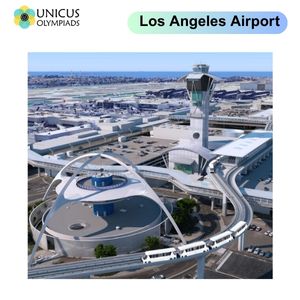

Airports around the world are more than just transportation hubs; many of them feature unique attractions, services, and designs that make them special. From stunning architectural marvels to high-tech innovations, some airports have become iconic destinations in their own right. This section will explore what makes certain airports stand out, including features like indoor waterfalls, fast city trains, and world-class amenities.
Several airports around the world are known for their exceptional features that go beyond the basics of air travel. These airports provide visitors with a glimpse of the future of travel and often reflect the culture and innovation of their host cities or countries. Here are some of the most remarkable features found at airports:
Some airports are famous for their indoor waterfalls, which serve as both a natural aesthetic and a symbol of the airport's commitment to creating a welcoming atmosphere for travelers. These water features not only enhance the beauty of the airport but also help reduce stress for passengers.

Some airports are connected to their host cities by fast and efficient public transport systems, such as high-speed trains or metro systems. These connections make it easy for travelers to quickly reach their destinations, reducing travel time and improving the overall experience.
Many airports today feature world-class amenities, including shopping malls, luxury lounges, and fine dining restaurants. Some airports even offer services like sleeping pods, spas, and entertainment facilities to enhance the travel experience.

The architecture of some airports is a work of art in itself, with designs that blend functionality with beauty. Many airports are designed to reflect the culture and history of the cities they serve while also incorporating cutting-edge technology and sustainability into their designs.

Some airports incorporate cultural exhibits and historical displays that showcase the heritage of the city or country, allowing travelers to learn about the local culture while waiting for their flights.
